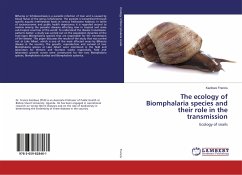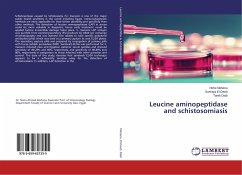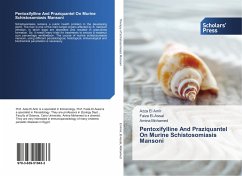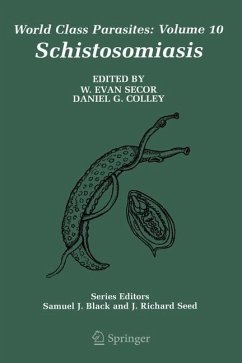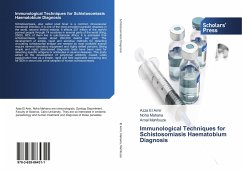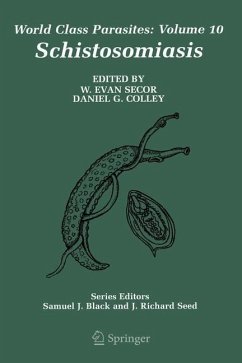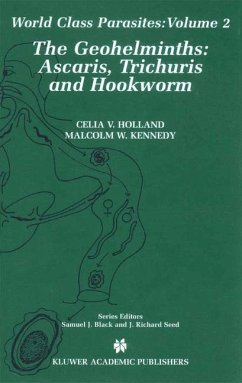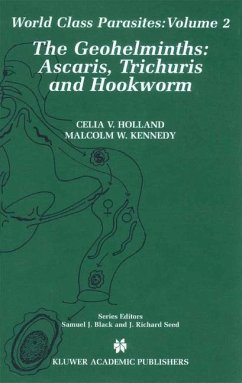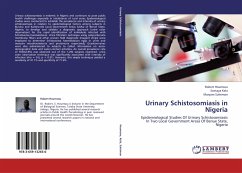
Urinary Schistosomiasis in Nigeria
Epidemiological Studies Of Urinary Schistosomiasis In Two Local Government Areas Of Benue State, Nigeria
Versandkostenfrei!
Versandfertig in 6-10 Tagen
45,99 €
inkl. MwSt.

PAYBACK Punkte
23 °P sammeln!
Urinary schistosomiasis is endemic in Nigeria and continues to pose public health challenges especially in inhabitants of rural areas. Epidemiological studies were conducted to establish the prevalence and intensity of urinary schistosomiasis in relation to epidemiological factors among subjects in Buruku and Katsina-Ala Local Government Areas (LGAs) of Benue State, Nigeria; to develop and validate a diagnostic approach (urine color observation) for the rapid identification of individuals infected with Schistosoma haematobium. Urine filtration technique using polycarbonate membrane filters and...
Urinary schistosomiasis is endemic in Nigeria and continues to pose public health challenges especially in inhabitants of rural areas. Epidemiological studies were conducted to establish the prevalence and intensity of urinary schistosomiasis in relation to epidemiological factors among subjects in Buruku and Katsina-Ala Local Government Areas (LGAs) of Benue State, Nigeria; to develop and validate a diagnostic approach (urine color observation) for the rapid identification of individuals infected with Schistosoma haematobium. Urine filtration technique using polycarbonate membrane filters and other proven field diagnostic (reagent strips) were employed to determine Schistosoma haematobium eggs in urine and measure microhaematuria and proteinuria respectively. Questionnaires were also administered to subjects to collect information on socio-demographic data and water-contact activities. An overall prevalence rate of 553(42.8%) was observed out of the 1,292 subjects examined. urine color observation technique was significantly associated with intensity of infection (rho = 0.6, p 0.01). However, this simple technique yielded a sensitivity of 91.1% and specificity of 71.6%



